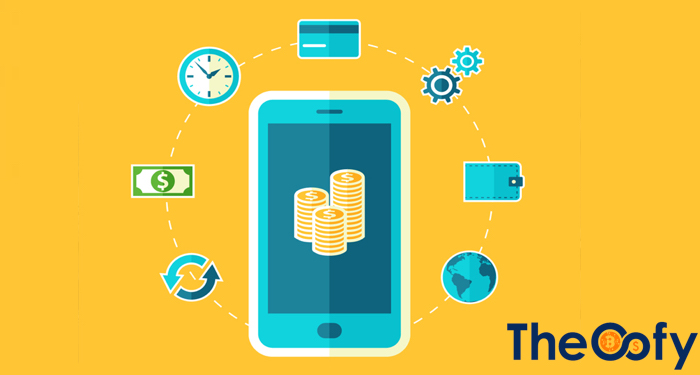MOBILE MONEY: Could it be the future of banking?: It seems an impossible fit that mobile money service can handle transactions amounting to 1 billion dollars in a single day. Well, the most recent GSMA report furnishes us with a striking revelation posing a strong challenge against popular perception.
The 2017 report gave us a credible report showing that the financial mobile industry processes transactions spiking to just over a billion dollars a day. Now when it comes to financial inclusion, any enthusiast of economics knows this is a giant leap in fintech.
A careful analysis of the GSMAs report in 2017 will quickly lead you to the realization that 690 million accounts are registered in 90 countries. This translates to a staggering 2.4 billion dollar revenue in just 2017.
The report highlights a number of trends influencing mobile money adoption. These include the increasing popularity and influence of fintech companies, an ever-escalating smartphone culture, adoption of digital operations by economic entities and the perpetuating focus of governments and business entities to reach out to the under-privileged.
Statistics have proven the Sub-Saharan Africa to be the leading region as far as utilising mobile money is concerned. The region is considered the focal point of mobile money due to its enormous contribution to the growth of the industry. The most recent trend shows that other regions are embracing the mobile money culture following its growth and maturation.
The year 2017 substantiated this claim as research demonstrated an unusual observation. The statistics demonstrated that regions outside of Africa are leading the way in utilising mobile money services. Based on the number of registered accounts and the actual mobile money use rates, South Asia revealed a 47 per cent growth per year thus comfortably edging the rest of the world.
All the important parameters such as revenue and the volume of transactions are showing nothing but one trend, and that is, mobile money transactions are becoming an important, if not essential, part of the human race.
Like most great inventions in man’s history, mobile money has gifted us a great economic advantage, but it also has a dark side. It has furnished fraudsters with new possibilities thus rendering consumers at risk of being ripped. Avast recently published a report alerting consumers on the risk of being victims of smart con artists.
An interesting revelation came out of the study conducted by the company. The study was basically trying to establish consumers’ ability to differentiate real and fake banking application interfaces. 40000 consumers were obtained from 12 countries and they were required to make a comparison between fake and real banking interfaces. The results showed that over 50% of the participants were able to recognize the official application as fake whereas 36 per cent deemed the fraudulent interface as authentic.
In addition to this, the study was also able to reveal some really valuable nuggets of information. It was evident that mobile money service users from different parts of the world care more about the possibility of being ripped from their checking accounts rather than having their hard cash stolen and having their social media accounts illegally accessed.
The words of Avast’s general manager, Gagan Singh sum it all up. He makes it clear that the past few years have witnessed an unprecedented spike of potentially harmful android applications that are more than able to get over security checkpoints on application hubs online and get into innocent users phones.




